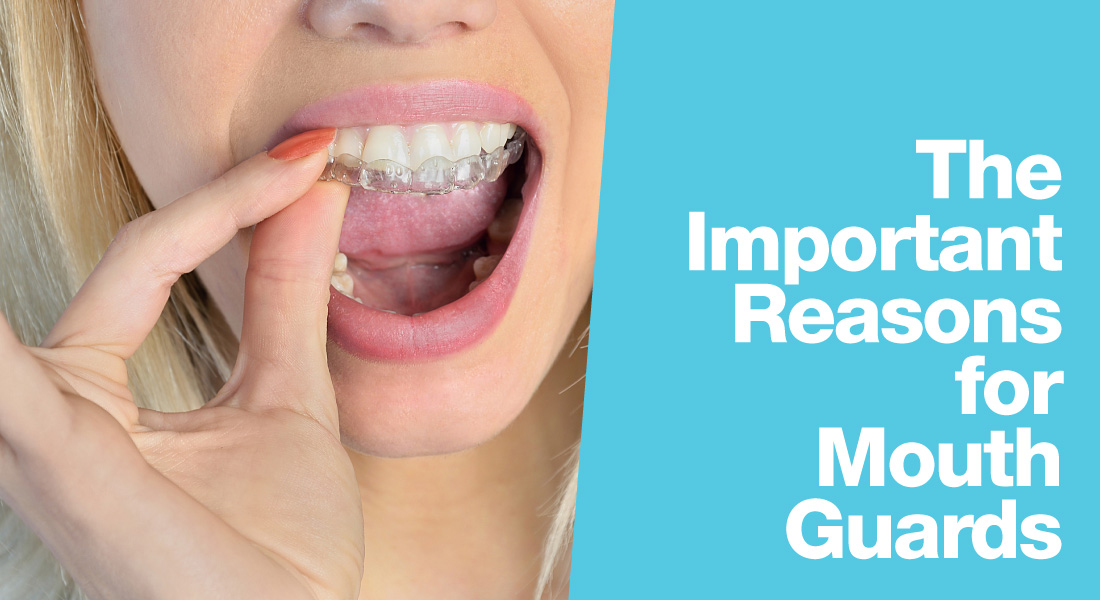
A mouth guard is a soft plastic or laminate device used in sports to prevent oral injuries to the teeth, mouth, cheeks, tongue and jaw. The American Dental Association projects that one third of all dental injuries are sports related. The use of a mouth guard can prevent more than 200,000 oral injuries to the mouth each year.
The types of dental injuries that can occur without the use of a mouth guard are chipped or broken teeth, fractured crowns or bridgework, lip and cheek injuries, root damage to the teeth, fractured jaws, and concussions. Any athlete may be at risk for oral injury and any injury can be prevented with the use of a mouth guard.
Mouth guards are mandatory in collision sports such as football, hockey and boxing where the risk of injury is likely. Children and adults involved in incidental contact sports like basketball, baseball, softball, wrestling, soccer and volleyball may consider wearing a mouth guard to prevent injuries to the mouth.
A study of high school athletes found that seventy-five percent of injuries occurred when mouth guards were not worn and forty percent occurred during baseball and basketball. Nine percent of all athletes suffered some type of oral injury while another three percent reported a loss of consciousness. Fifty-six percent of all concussions were suffered when mouth guards were not worn. Trauma related to sports is more prevalent than previously reported.
Child or adult, a mouth guard is essential for all athletes. For more information about the right mouth guard for you, consult your dental professional.
For any further questions or concerns, contact our dentist in Puyallup today.
- 5:45 PM
- 1 Comments

